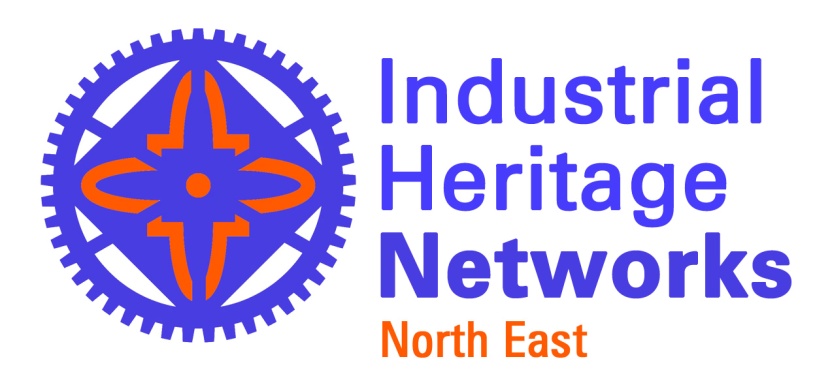Welcome to the Industrial Heritage Network NORTH EAST (IHNNE) page. The first meeting of the network took place at the Land of Oak & Iron on the 4th April 2019. You can read about the meeting on the IHN blog here. Below are some of the minutes of the network meetings since then. Click back for details on the next in-person and online meetings.
Our members:
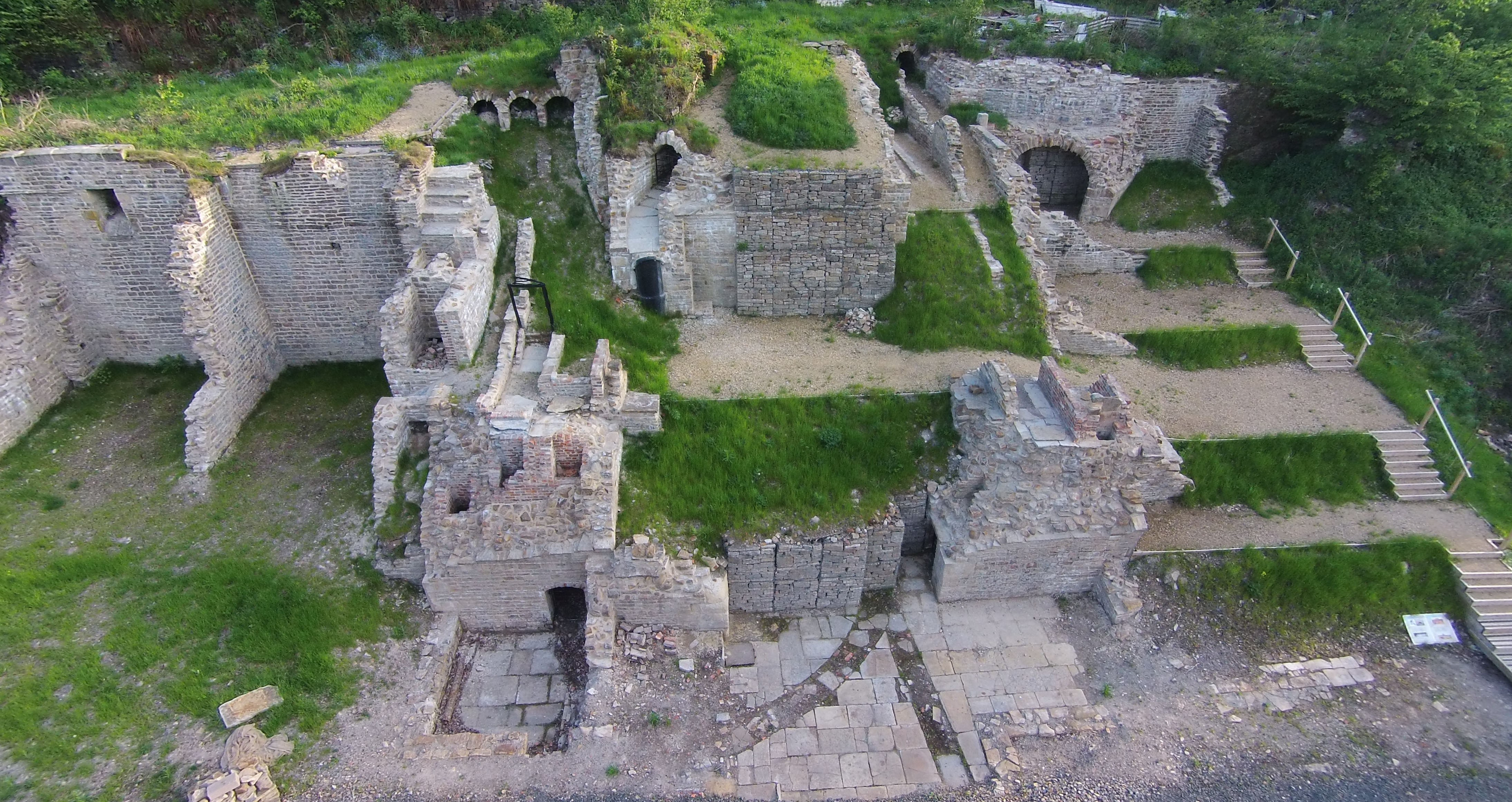
Allen Smelting Mill played a significant role in the lead mining industry of the Allen Valleys between 1600 and 1897 with lead produced there being transported all over the UK and exported overseas. The mill closed in 1897 and most of the buildings were demolished in the 1970s. The remains, which are now a scheduled monument, have recently been uncovered and conserved through a project undertaken by the North Pennines AONB Partnership, the Allen Mill Volunteer Group and the site’s owners. Further work is planned to restore the water wheel which drove the machinery and provided air to the furnaces.
ASSOCIATION FOR INDUSTRIAL ARCHAEOLOGY
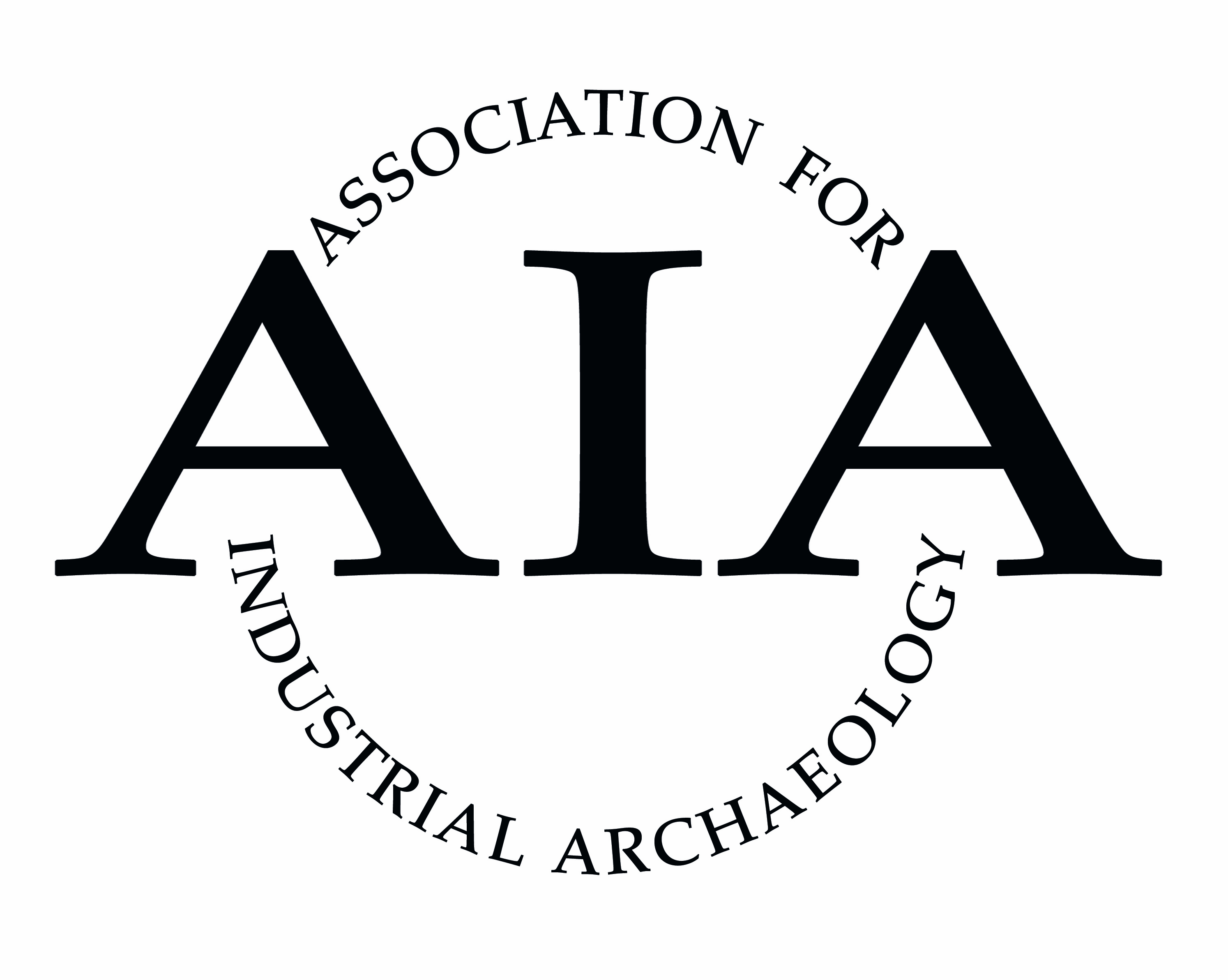
The Association for Industrial Archaeology (AIA) is the national organisation for Britain. The AIA encourages and promotes the public benefit of the study of, and research in, the archaeology of industry and the industrial period, and promotes education in the identification, recognition and conservation of the industrial heritage. The Association funds Restoration Grants; awards cash prizes for research and publications; sponsors new research; lobbies bodies concerned with legislation, planning and funding; unites individuals, local societies, academics and field professionals; represents industrial archaeology nationally and internationally; runs conferences and practical workshops; publishes a biannual academic journal, Industrial Archaeology Review, and a quarterly newsletter, Industrial Archaeology News.
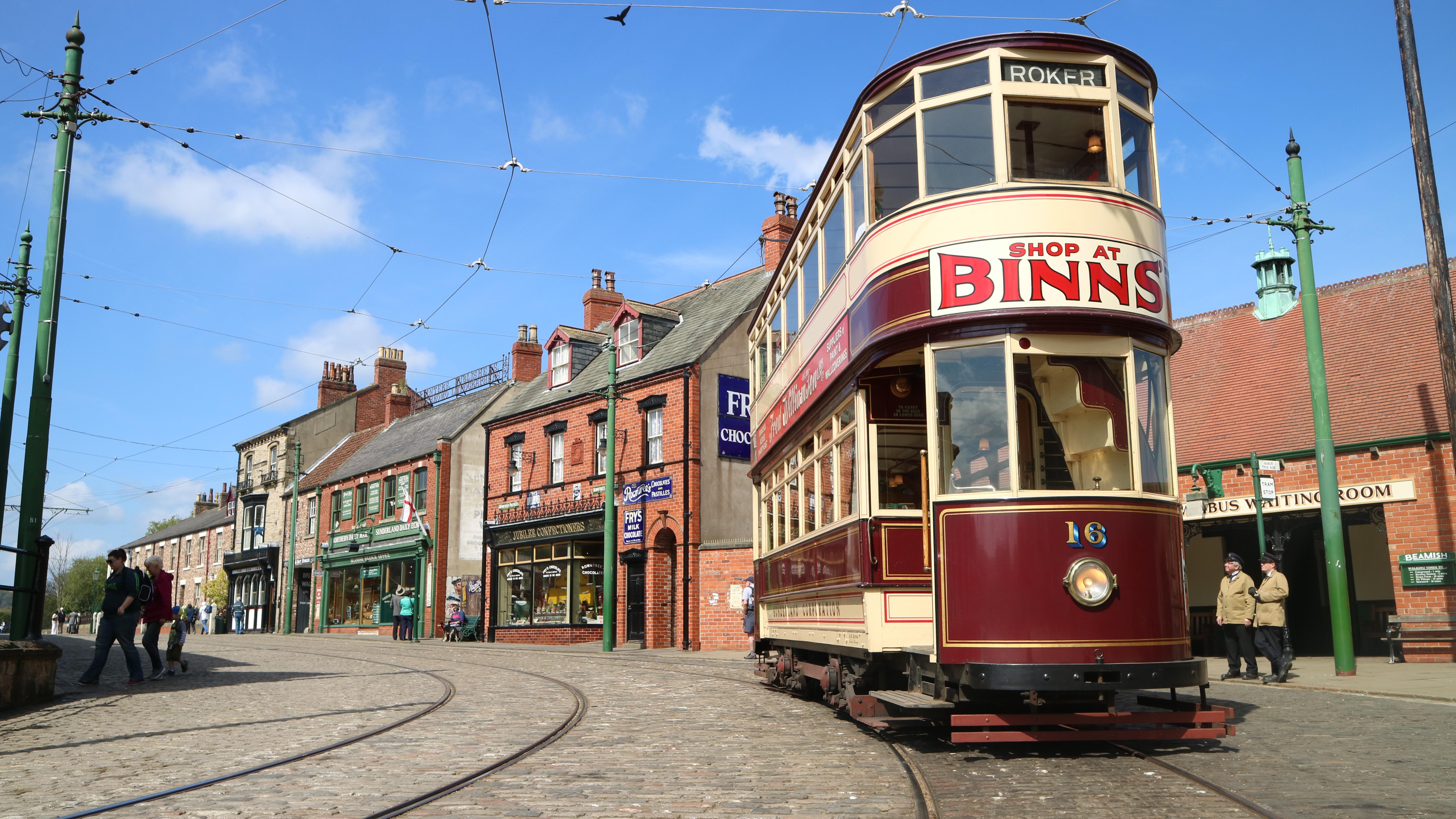
Founded in 1970 by Frank Atkinson, Beamish is the largest open air museum in the country, telling the story of life in North East England during the 1820s, 1900s and 1940s. The museum is currently delivering its £20M Remaking Beamish project, which will see it expand to include a ‘new’ 1950s town, complete with houses, shops, a cinema and community centre, 1950s upland farm, and an extension of the existing 1820s area including a Coaching Inn where visitors will be able to stay overnight. Our guiding principles are putting the visitor first, genuine community engagement, and self-reliance.
Brightwater Landscape Partnership
Cleveland Ironstone Mining Museum
County Durham Forum for History and Heritage
EUROPEAN ROUTE OF INDUSTRIAL HERITAGE

ERIH is a membership network and sites pay an annual fee which varies according to the category of membership. The benefits of membership include enhanced profile, including a presence on ERIH’s well-used website (which currently attracts over 4000 visits per day) and its active social media pages; participation in ERIH conferences, events and initiatives; participation in local and regional routes of industrial heritage; and not least, association with a European organisation that is now recognised by the European institutions as the principle network for the promotion of industrial heritage tourism in Europe. To find out more about ERIH, please contact the UK Coordinator on uk@erih.net.
Friends of the Stockton & Darlington Railway
Friends of the Union Chain Bridge
Hartlepool Borough Council (Arts & Exhibitions/Museum Development)
Head of Steam/Darlington Railway Museum
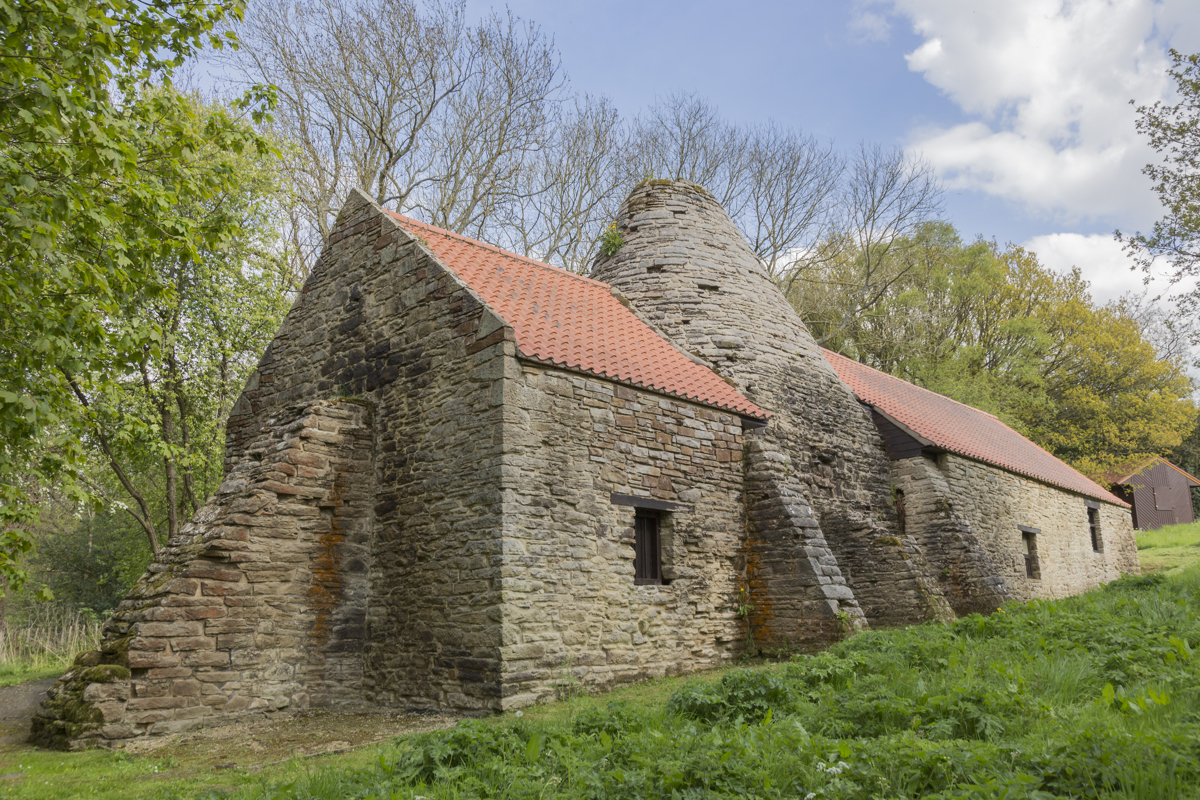
Bursting with acres of beautiful natural woodland and rich in wildlife, Land of Oak & Iron has so many interesting historical places to discover. The area once hosted a world-leading iron and steel industry, was the heart of British sword making and home to the great industrialist Ambrose Crowley. With countryside to explore by bike, foot or horse, you can follow the River Derwent from the Derwent Reservoir to the River Tyne. Come and rediscover, or find out for the first time, what makes the easily accessible Derwent Valley the perfect destination for a visit.

Established in 2002, we preserve and protect records of milling heritage, fostering the cultural and educational values of mills and the milling community. A Nationally Accredited Archive Service, we are the UK’s specialist archive on the history of milling: the national centre for mill-related research, recording, learning and understanding; the appropriate repository for milling records. We care for over 250 collections of more than 3,000,000 documents and images, recording the rich and diverse crafts, buildings, equipment and people involved with mills. Over 76,000 of these records are freely available online and some 20 volunteers work to make more publicly accessible.
Museum Development Officer (North East)
National Museum of the Royal Navy
National Railway Museum/Locomotion
NENTHEAD MINES CONSERVATION SOCIETY

We are a CIO with charitable objectives. We aim to provide education about mining and smelting at Nenthead and in the North Pennines. Our base is at the Nenthead Ore Works SAM which we currently operate by agreement with Cumbria County Council and we are negotiating to take into the ownership of the charity. On site we have an archive, small exhibition, and a tourist mine. Our membership voluntarily maintains and manages the site funded by donations from visitors.
North East England Mining Archive and Research Centre
North East Land, Sea and Air Museums
NORTH PENNINES AONB PARTNERSHIP

The North Pennines Area of Outstanding Natural Beauty (AONB) and UNESCO Global Geopark is a protected landscape covering 2000km2 mainly in County Durham, Cumbria and Northumberland. The AONB Partnership is responsible for conserving and enhancing this special area of open heather moors, peatlands, attractive dales, hay-meadows, and tumbling upland rivers. The AONB Partnership has conserved significant elements of the North Pennines’ lead mining and industrial heritage through its historic environment work. As well as physical restoration, there is an emphasis on awareness and interpretation, and many of the Partnership’s walking and activity trails reveal how industry has shaped the landscape.
NORTHUMBRIA UNIVERSITY/CHARLES DANBY

Charles Danby is a contemporary artist and academic. His work explores how heritage sites form part of a transforming industrial landscape in the UK, and how communities, geologies and ecologies come together to establish new active and engaging possibilities for these sites. Charles is a member of the Tyne & Wear Heritage Forum and is involved in projects at Lowick, Northumberland (the restoration and activation of Dryburn Lime Kiln), in Sunderland (Fulwell Quarry Nature Reserve), and on the North Tyne (North Tyne Waggonways). Charles collaborates on a number of projects with the artist Rob Smith.
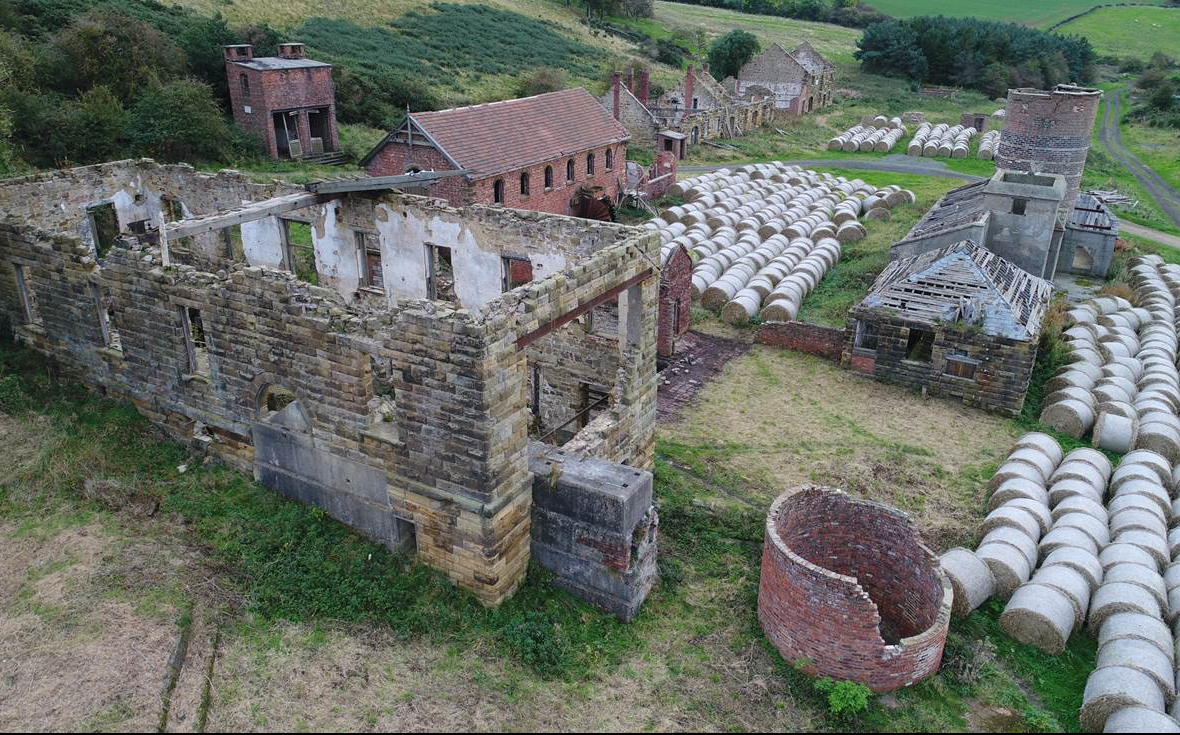
Our Industrial Heartland (2017/2018) and East Cleveland’s Industrial Heartland (2019/2020): HLF-funded projects to catalogue, promote and conserve the heritage of ironstone, alum and jet mining sites in the borough of Redcar and Cleveland. This includes documenting current condition, making recommendations for priority preservation and identifying the impacts of mining on the environment with Tees Valley Wildlife Trust volunteers and the University of Hull students. The project created 3D modelling of mine workings, helped develop websites and use social media, to allow volunteers to better promote their activities.
REVITALISING REDESDALE LANDSCAPE PARTNERSHIP
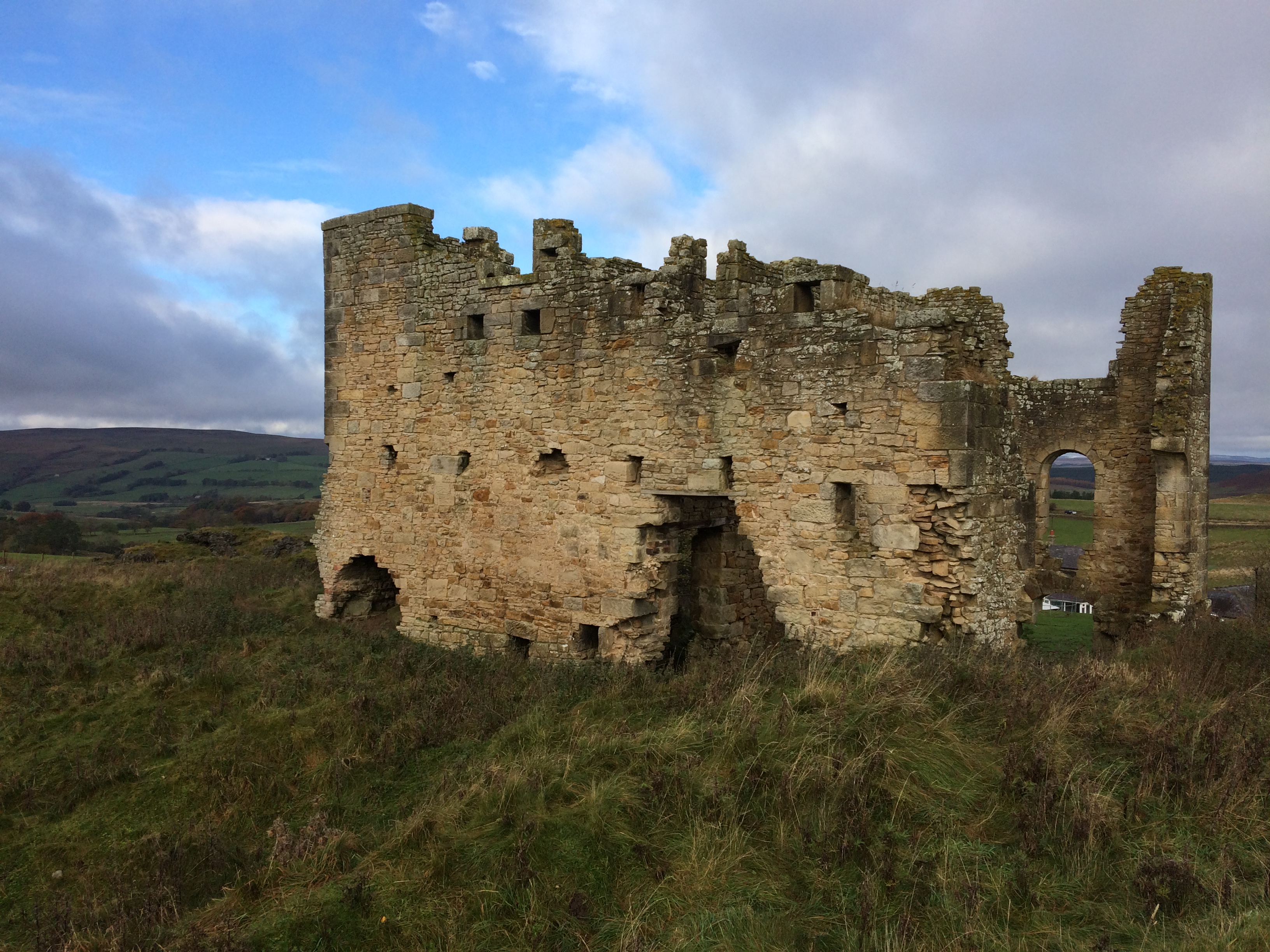
Revitalising Redesdale is a £2.8m, Lottery-funded Landscape Partnership Scheme, which aims to celebrate, conserve and enhance Redesdale’s rich cultural heritage, landscape and wildlife. Projects include the repair and consolidation of scheduled monuments, including a 19th century ironworks and a Roman Fort. Local communities and volunteers are also being engaged in researching and recording Redesdale’s rich heritage, ensuring it is conserved for future generations to enjoy.
RIVER TEES REDISCOVERED LANDSCAPE PARTNERSHIP

The River Tees Rediscovered Landscape Partnership covers an area of 147 square kilometres within the Tees Valley, focusing on the river corridor from Teesmouth to Piercebridge. Our vision is for the Tees Valley to be renowned for its rich landscape, heritage and culture. We connect local communities to the Tees Valley built and natural heritage so it is protected for future generations, and we promote and bring it to life so its uniqueness is appreciated by all. We inspire people to make a positive difference by providing opportunities for them to get involved, learn new skills and pass these on to future generations.
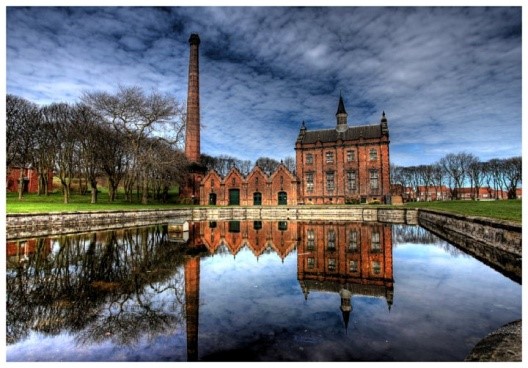
Ryhope Engines Museum is based upon the former Ryhope Pumping Station which was commissioned in 1868 to supply water to the Sunderland area. The station closed in 1967 after almost 100 years of continuous use. The building is Grade II* listed and an Ancient Scheduled Monument. Although the station no longer pumps ground water, the two 100 horsepower beam engines are kept in working order by the wholly voluntary workforce of the Ryhope Engines Trust. In addition to the beam engines, built by R & W Hawthorn, are three ‘Lancashire’ boilers of 1908, a blacksmith’s forge, a waterwheel, numerous engines, pumps and much more.
Stanegate Restorations and Replicas
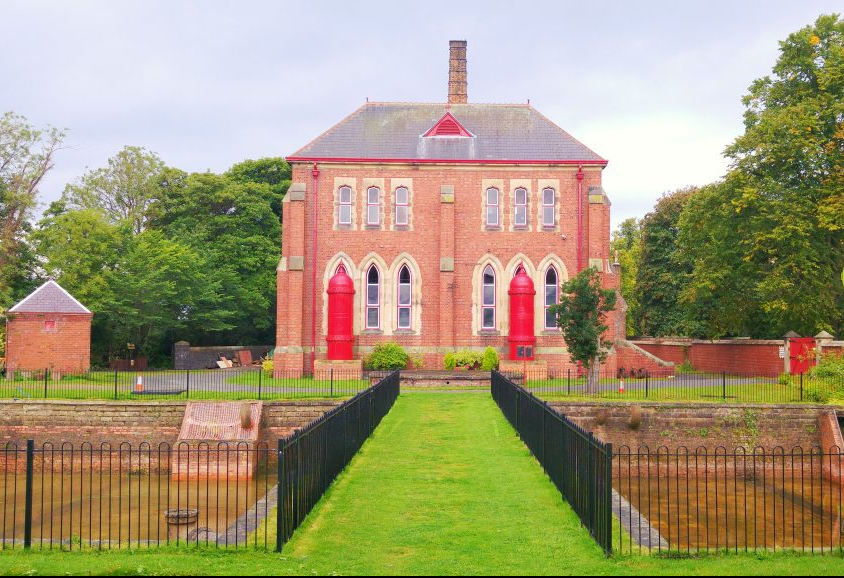
From 1849 Tees Cottage Pumping Station revolutionised water supply in Darlington and Teesside by offering cleaner, piped water to inhabitants who had previously relied on wells and rainwater tubs. The engines at Tees Cottage pumped water from the River Tees, which was then filtered and supplied to the water company’s customers. All three methods of pumping water exist on site; steam, electric and gas. The gas engine, installed in 1914, is unique in that it is the only working gas pumping engine in the country (probably unique in Europe!)
VICTORIA TUNNEL (Ouseburn Trust)
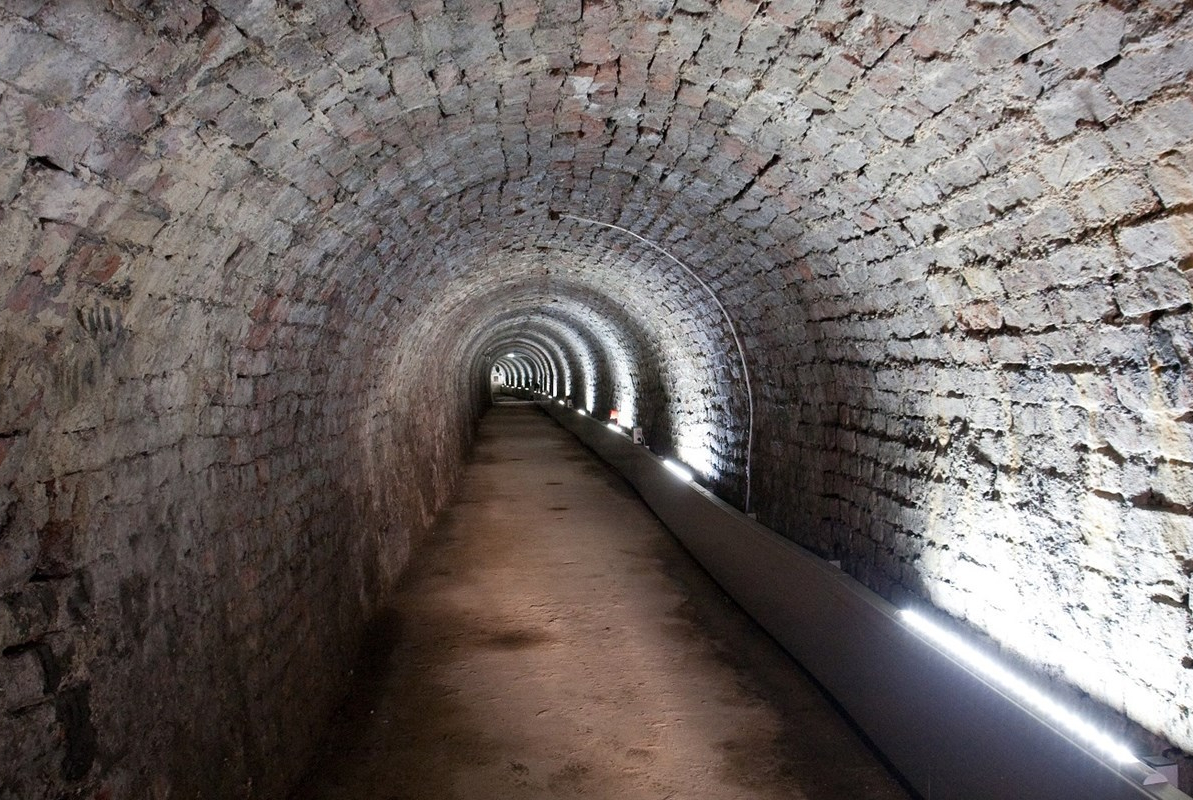
When coal was mined at Spittal Tongues colliery the owners were not allowed to build an overland waggonway as it would have crossed the Town Moor, so engineers tunnelled 2.4 miles through boulder clay under the streets of Newcastle to create the Victoria Tunnel. Lined with bricks baked from the clay excavated during tunnelling, it opened in 1842 and was briefly the longest tunnel in the world. In 1939 it was converted into an air-raid shelter accommodating up to 9000 citizens during WW2 bombing raids. Now open as a visitor attraction for public tours, school workshops and special cultural events.
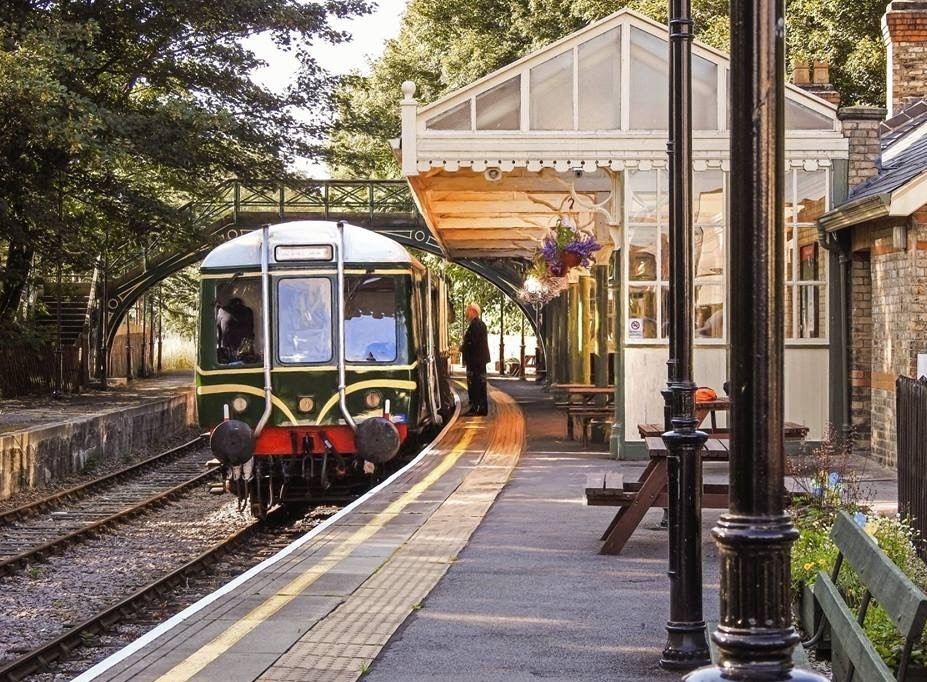
The Weardale Railway is part of a line which originally ran from Bishop Auckland, following the River Wear westwards to the village of Wearhead by 1895. Initially, an offshoot of the Stockton & Darlington Railway in 1847 to transport material to the ironworks of Teesside. Passenger services were withdrawn in 1953 and further shortened at Eastgate by 1968. The line was retained for freight use, transporting bulk cement from the Blue Circle works at Eastgate. This ceased in 1993, which led to a campaign to save the railway and the development of the Weardale Railway Trust in 1996. Volunteers currently run trains during Easter and Halloween.
